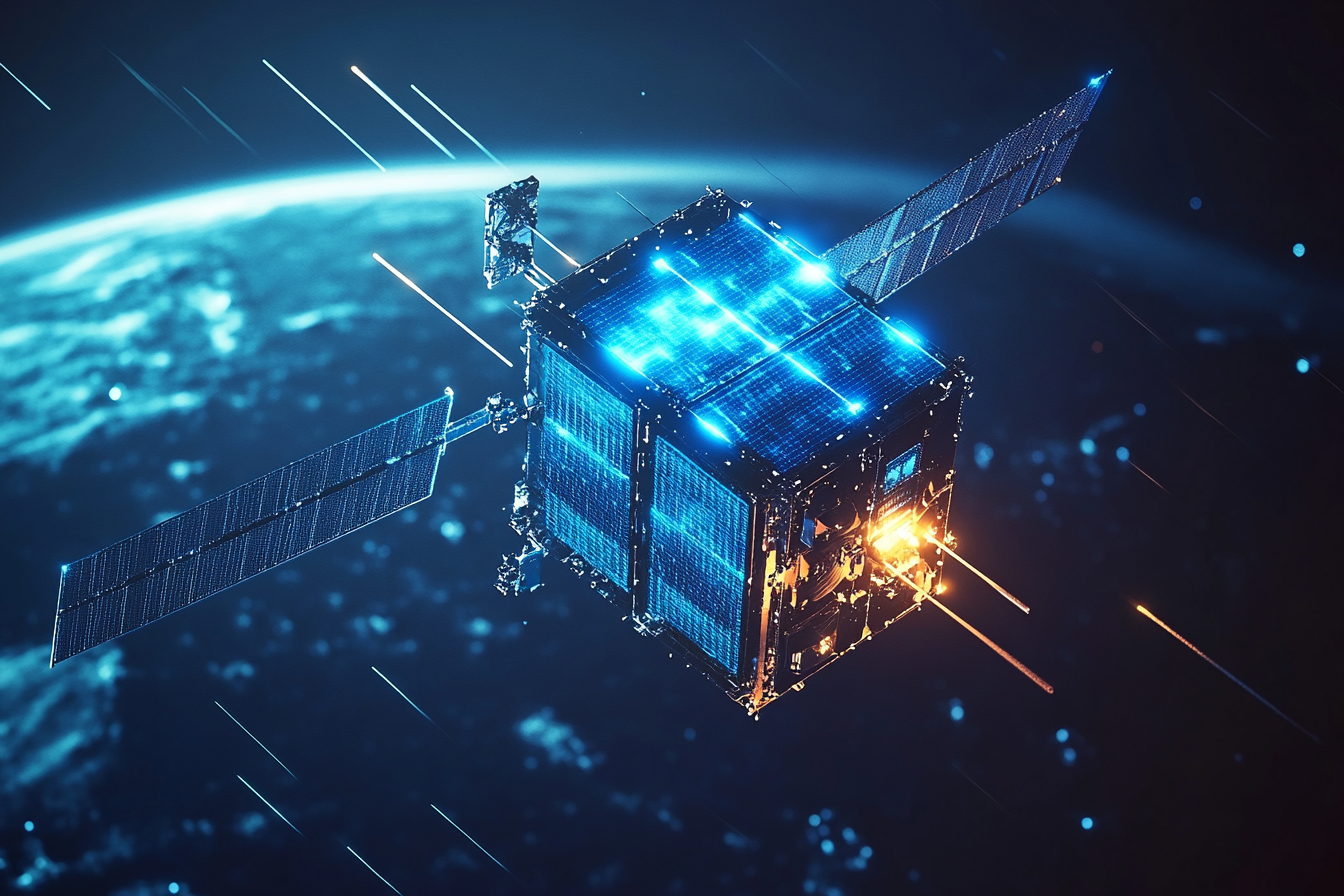Tag: Faction Satellites
-

Faction Satellites
Faction Satellites ensure real-time, encrypted datastreams and uplink access to a designated area. Operating as LongRange MeshNet RelayNodes, each Faction Satellite plays a crucial role in maintaining global communication, enhancing network security, and providing real-time data for intelligence analysis and strategic decision-making. Faction Satellites Secure Your Global Operations 1. Introduction Overview of Faction Satellites Faction…
